What’s Up
I am thisclose to finishing my 2015 taxes. I will have them on the way to Chip Jackson tomorrow for sure. I enjoyed another wonderful 30 lap swim (22 laps is a half mile). My ice bath was very chilly. Not sure why but I have lost a solid five pounds in the last ten days. I tried to gain some weight today 🙂
If you are interested in the 2017 Japan in Winter trip see yesterday’s blog post; and please e-mail for couples or repeat customer discount information.
The Streak
Today’s blog post marks an insane 202 days in a row with a new educational (and fun) blog post. And I still have dozens of new topics to cover; there should be no end in sight until my big South America trip next fall. As always-–and folks have been doing a really great job recently–-please remember to use our B&H links for your major gear purchases. For best results use one of our many product-specific links; after clicking on one of those you can continue shopping with all subsequent purchases invisibly tracked to BAA. Your doing so is always greatly appreciated. Please remember: web orders only. Please remember that if you are shopping for items that we carry in the BAA Online Store (as noted in red at the close of this post below) we would appreciate your business.
|
This image was created on the recently concluded Fort DeSoto IPT by multiple IPT veteran Jim Robellard with the hand held Sigma 150-600mm f/5-6.3 DG OS HSM Sports lens for Canon EF (at 600mm) and the Canon EOS-1D X Mark II with the Premium Kit: 64GB Card and Reader. ISO 2500: 1/1600 at f/6.3. Image #1: American Oystercatcher double overhead wingstretch
|
Jim Robellard and His Sigma 150-600mm Sports Lens…
I like to do a critiquing session on Day 2 of most IPTs with folks sharing some of their images from the trip. This helps me to learn if someone needs extra help in the field. When I saw Jim’s images I was most impressed and quite a bit curious: “Just what is that lens that you have been hand holding?”
Turns out that it was the Sport version of the Sigma 150-600mm f/5-6.3 DG OS HSM for Canon EF. The images were quite sharp. Jim loved having a relatively light zoom lens that could offer him 600mm of reach. And with the amazing high ISO performance of the 1DX II the lenses relatively slow maximum aperture of f/6.3 is not much of a hindrance.
Thanks a stack to Jim for allowing me to share this collection with you. It is quite an impressive group of images by any standard.
|
This image was created on the recently concluded Fort DeSoto IPT by multiple IPT veteran Jim Robellard with the hand held Sigma 150-600mm f/5-6.3 DG OS HSM Sports lens for Canon EF (at 450mm) and the Canon EOS-1D X Mark II with the Premium Kit: 64GB Card and Reader. ISO 2000: 1/1600 at f/6.3. Image #2: Black Skimmer skimming
|
Black Skimmer skimming
I do not quite remember where I was when this skimmer flew at us but I was on a tripod with the 600 II and a TC so I had no chance to get on the bird. As I say here often, when you are hand holding a shorter focal length lens you will be able to get on unexpected flight and action much more easily than if you were working with a big lens on a tripod.
Better News?
After seeing Jim’s images I learned that the Sigma 150-600 is not only available as a Nikon-mount version (the Sigma 150-600mm f/5-6.3 DG OS HSM Sports Lens for Nikon F) but that they make a lighter inexpensive version in each mount for folks on a budget ( the Sigma 150-600mm f/5-6.3 DG OS HSM Contemporary Lens for Canon EF and the Sigma 150-600mm f/5-6.3 DG OS HSM Contemporary Lens for Nikon F.) And the lighter weight Contemporary versions are just as sharp as the Sport versions. What times these are: you can get a sharp, lightweight hand holdable zoom lens that gives you 600mm of reach for under $1000. Amazing.
|
This image was created on the recently concluded Fort DeSoto IPT by multiple IPT veteran Jim Robellard with the hand held Sigma 150-600mm f/5-6.3 DG OS HSM Sports lens for Canon EF (at 600mm) and the Canon EOS-1D X Mark II with the Premium Kit: 64GB Card and Reader. ISO 2500: 1/1600 at f/8. Image #3: Dunlin feeding
|
Way to Go Jim!
Jim Robellard is a quiet man. But he is always paying attention. All the exposures for today’s featured images were spot-on and with the Dunlin image, he got down low. Being so close to the subject, he knew to go for a bit of extra depth-of-field. Getting the bird with an invertebrate tidbit in its bill was a nice bonus for doing everything right.
|
This image was created on the recently concluded Fort DeSoto IPT by multiple IPT veteran Jim Robellard with the hand held Sigma 150-600mm f/5-6.3 DG OS HSM Sports lens for Canon EF (at 400mm) and the Canon EOS-1D X Mark II with the Premium Kit: 64GB Card and Reader. ISO 400: 1/1250 at f/9. Image #4: Squabbling White Ibises
|
Stand Up!
One afternoon I had the whole group having a ball photographing a cooperative White Ibis catching fiddler crabs right in front of us. In addition, there were some nice shorebirds around including a few Dunlin, a Willet, and some Short-billed Dowitchers. When the ibis took flight, nobody was distraught as we had been photographing it for quite some time. I looked across the tidal pool that we were working and learned why the ibis had flown: it was involved in a knock-down drag-out battle with another White Ibis. Everyone started photographing. “No” I screamed, “stand up!” Everyone stood up and kept firing and quickly realized that by standing we had eliminated the Sunshine Skyway Bridge from our photos. Now, don’t get me wrong, it is a beautiful bridge, but not one that I want as a background for a battling ibises image…
|
This image was created on the recently concluded Fort DeSoto IPT by multiple IPT veteran Jim Robellard with the hand held Sigma 150-600mm f/5-6.3 DG OS HSM Sports lens for Canon EF (at 600mm) and the Canon EOS-1D X Mark II with the Premium Kit: 64GB Card and Reader. ISO 800: 1/4000 at f/8. Image #5: Sandwich Tern with baitfish in bill
|
A Big Crop
This was a big crop from the original but Jim sent it along to show the neat behavior; Machine-gun Mike Hankes alerted the whole group to the fact that it was possible to create images of the terns emerging from the water after they had dived by focusing on the splash. It was easier said than done but here Jim pulled off somewhat of a miracle by making a nice image of the tern with not one but two baitfish in its beak.
I ran some extra NeatImage to clean up the noise caused by the large crop. Noise is increased with a big crop at the same time as image quality is degraded a bit; here you can note some posterization of the background (upper right) along with a few funky color shifts.
|
This image was created on the recently concluded Fort DeSoto IPT by multiple IPT veteran Jim Robellard with the hand held Sigma 150-600mm f/5-6.3 DG OS HSM Sports lens for Canon EF (at 600mm) and the Canon EOS-1D X Mark II with the Premium Kit: 64GB Card and Reader. ISO 800: 1/1250 at f/7.1. Image #6: Marbled Godwit
|
Marbled Godwit
Here Jim used his new gear to create a stunning portrait of one of my all-time favorite shorebirds. Note throughout the collection that Jim did not hesitate to go to the higher 1DX Mark II ISOs when he needed them, especially with his beautiful oystercatcher image.
The 1D X Mark II
If what you read or today or what you have read on the blog over the past few weeks inspires you to purchase a Canon EOS-1D X Mark II DSLR Camera Premium Kit with 64GB Card and Reader please use the active link or click on the logo-link above. Doing so will be greatly appreciated. Many who used our link right off the bat already have their 1DX Mark IIs.
|
This image was created on the recently concluded Fort DeSoto IPT by multiple IPT veteran Jim Robellard with the hand held Sigma 150-600mm f/5-6.3 DG OS HSM Sports lens for Canon EF (at 600mm) and the Canon EOS-1D X Mark II with the Premium Kit: 64GB Card and Reader. ISO 400: 1/1000 at f/8. Image #6: White morph Reddish Egret wing-raised feeding strategy
|
Silhouette Education
I spent lots of time on the IPT showing folks how to create some nice silhouettes both at sunrise and sunset. I think that I was asleep at the switch when Jim made this lovely image.
Image Questions
#1: Why does a Reddish Egret raise its wings and hold them over its head?
#2: Which of Jim’s wonderful images do you think is the strongest? Please let us know why you made your choice.
#3: In which image is the subject to sensor plane (the back of the camera) slightly less than ideal?
Please Remember to use our Affiliate Links 🙂
To show your appreciation for my continuing efforts here, we ask, as always, that you get in the habit of using my B&H affiliate links on the right side of the blog for all of your photo and electronics purchases. Please check the availability of all photographic accessories in the New BIRDS AS ART Online Store, especially the Mongoose M3.6 tripod head, Wimberley lens plates, Delkin flash cards and accessories, and LensCoat stuff.
As always, we sell only what I have used, have tested, and can depend on. We will not sell you junk. We know what you need to make creating great images easy and fun. And we are always glad to answer your gear questions via e-mail.
I would of course appreciate your using our B&H affiliate links for all of your major gear, video, and electronic purchases. For the photographic stuff mentioned in the paragraph above we, and for everything else in the new store, we, meaning BAA, would of course greatly appreciate your business. Here is a huge thank you to the many who have been using our links on a regular basis and those who will be visiting the New BIRDS AS ART Online Store as well.
Be sure to like and follow BAA on Facebook by clicking on the logo link upper right. Tanks a stack!
Typos
In all blog posts and Bulletins, feel free to e-mail or to leave a comment regarding any typos or errors. Just be right 🙂

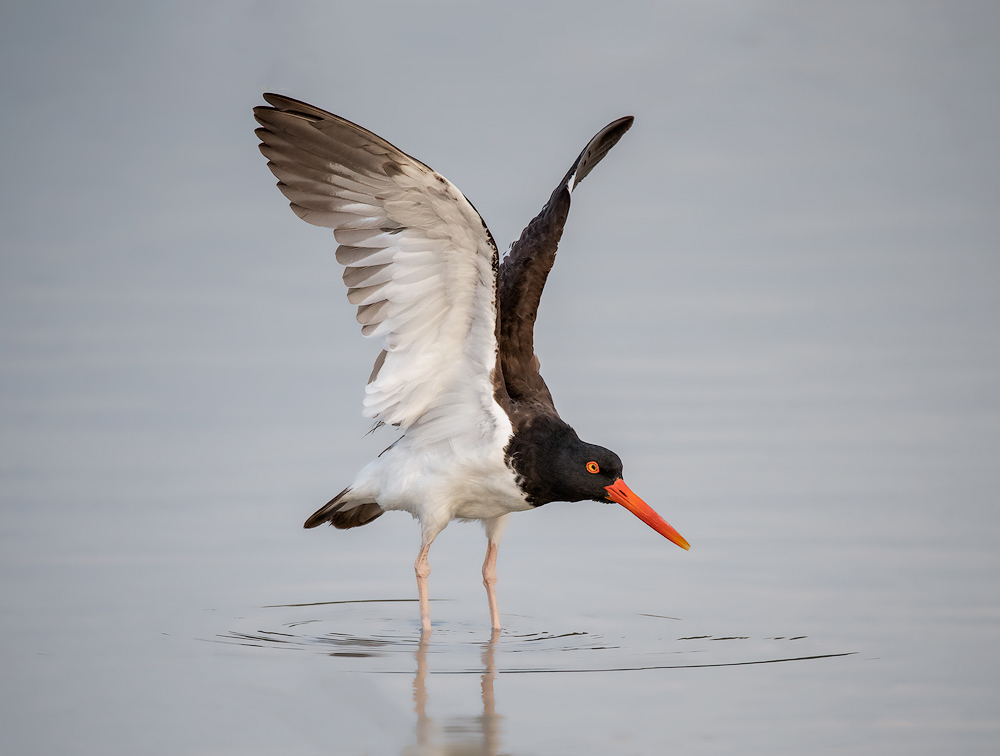
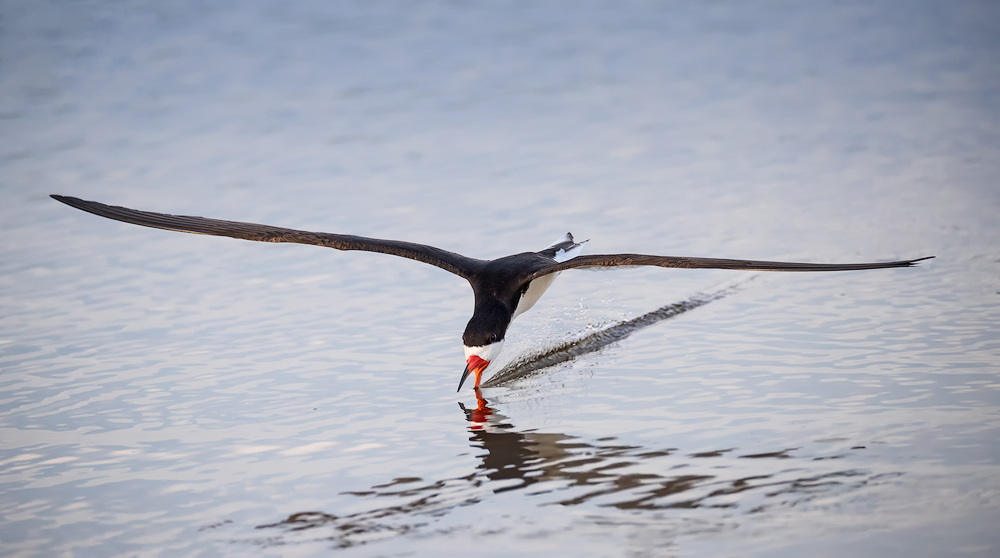
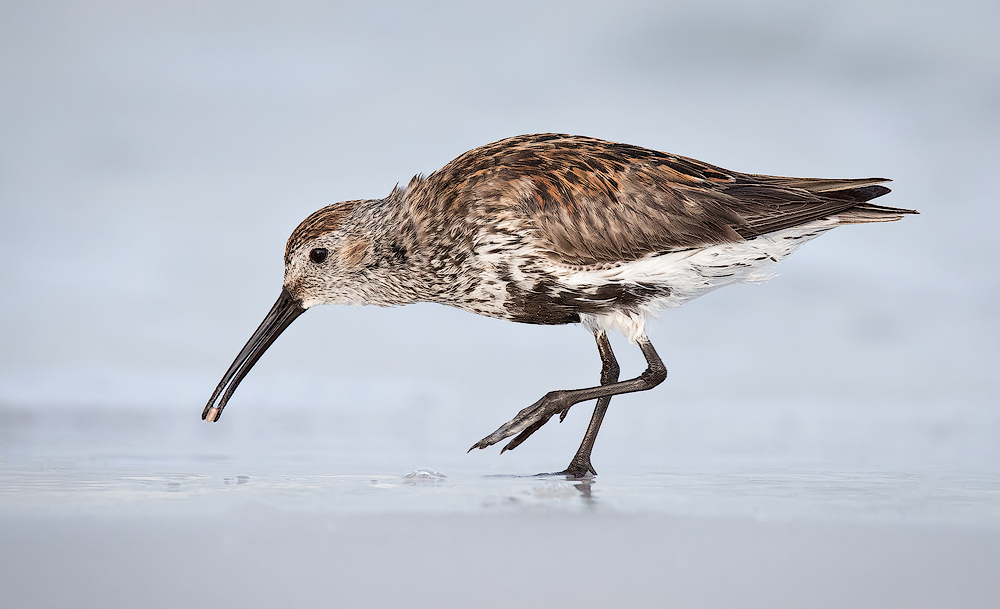
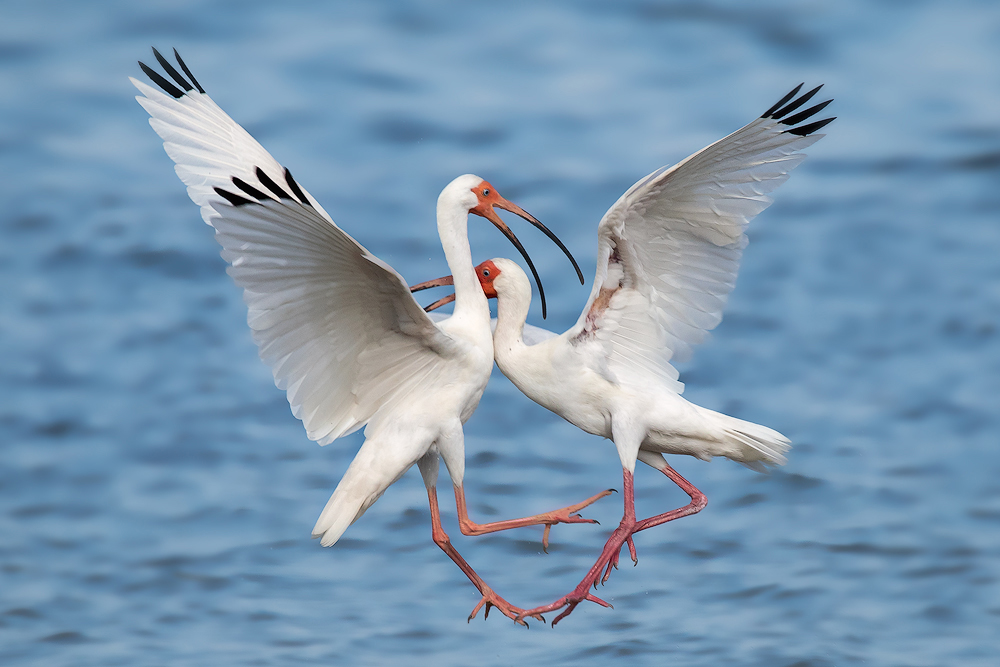
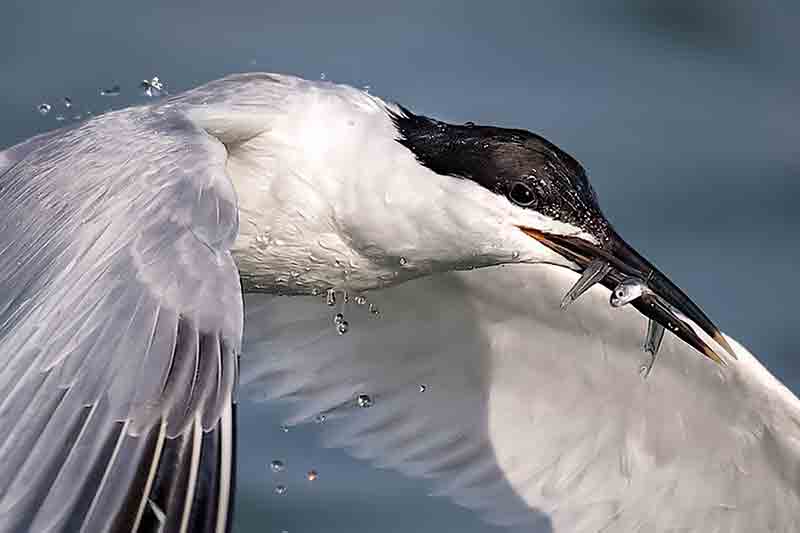
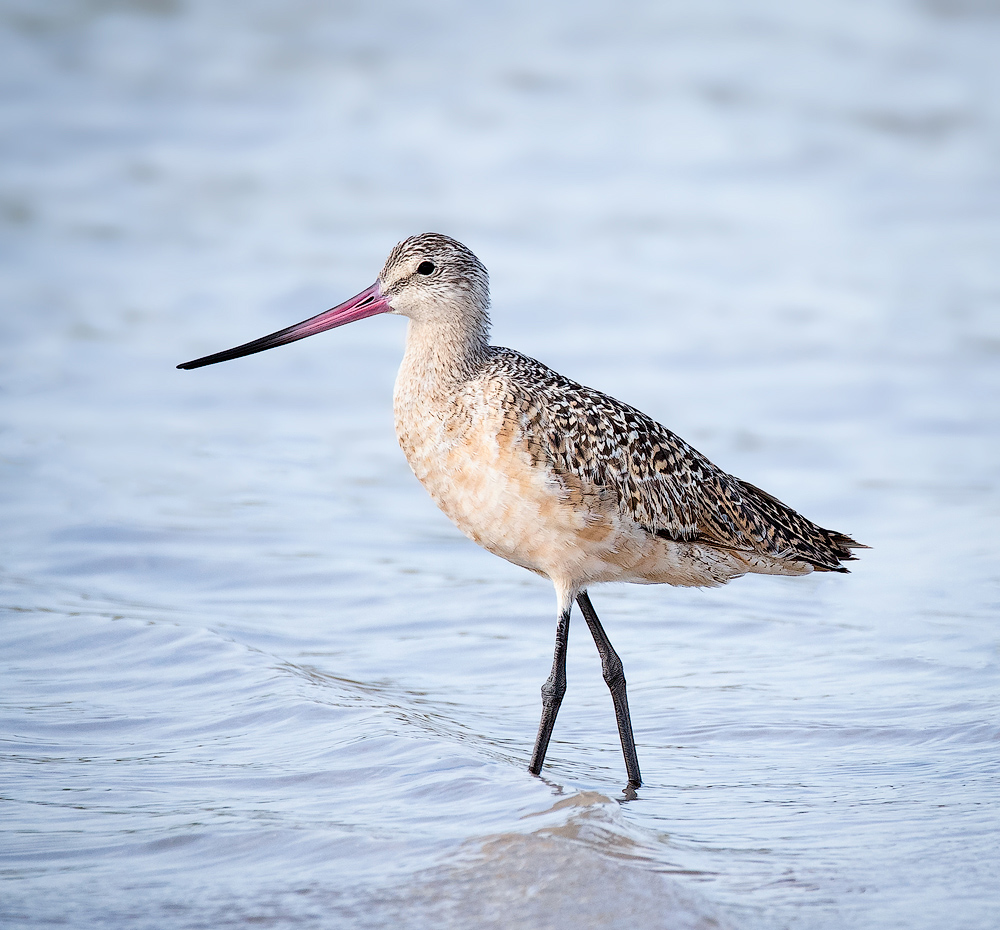
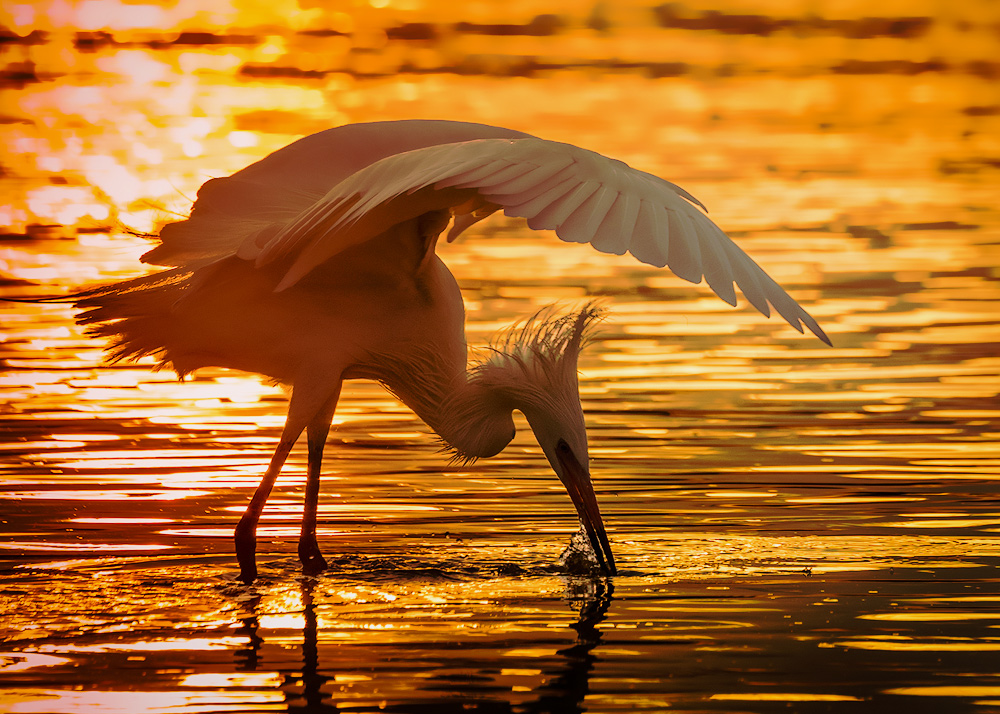













Stunning photos Jim. Absolutely love the Dunlin!
A friend of mine has the Sigma 150-600mm Contemporary (on a 7D2) and in all but quite dark situations (think rainforest just after sunrise) I can’t pick much/any difference to my 200-400mm with teleconverter engaged (also on a 7D2), although if I stop down to even f/6.3 the Canon sharpness takes over. At 10% of the price and just over half the weight I’d call the Sigma Contemporary the best value bird photography lens on the market. My research back when he bought it also indicated that the Sigma at 600mm f/8 had equal or slightly better image quality to the new Canon 1-4 with a 1.4x tele at 560mm f/8. The Canon won on weight though. And close focus.
The clear downside though: in low(er) light the Sigma needs too much ISO boost to hold it at f/8. The Canon 100-400mm II (albeit only at 400mm) is a step up in lower light. And the 200-400mm is yet another step up.
I am quite surprised that no one has mentioned the Olympus 75-300mm lens. It is used on my new Olympus Em-D10 mirrorless camera….and every lens put on the camera automatically doubles, thus my 600mm lens! I was amazed, in Patagonia, AZ, to be using my 75-300 (150-600) lens, HANDHELD, and I have essential tremor to boot, I was amazed at the sharpness and clarity of the bird photographs I took. And I was excited.
Hi Esther. Thanks for mentioning that one. My understanding is that none of the current micro four-thirds bodies are any good for photographing birds in flight, or even people walking towards the you…
I was photographing birds not in flight…
Then I did a most dumb thing and formatted the chip, thus erasing all my great photos! 2 different sources recovered 108 of them, but there were some nice ones that were lost. I don’t understand why most of them were recovered, but a few weren’t. Suggestions? My computer guru and Nelson’s Photo both were able to recover 108 of them.
Been there, done that. In spades 🙂
a
Thanks for sharing, Art. I’ve recently bought the 150-600mm C with the Sigma MC-11 adapter for the Sony E-mount (I own a a6000) and I’m happy with it. So far I’ve used for landscapes (I like long focals for landscapes) plus a very quick hand-held test with birds in flight – the ones with predictable flight.
Considering that I have to re-practice with birds (which I’ve not shot for a couple of years) and that the lens is at my weight limit for hand-holding (that’s why I opted for the C version), so the overall quality could be a bit better than my first tests, it seems it will give me some joy, given that it’s currently the best option for long focals I can afford…
Hi Fabrizio,
Again, my understanding is that none of the current micro four-thirds bodies are any good for photographing birds in flight, or even people walking towards the you… artie
Great pics I too use the sigma 150-600 sport but on a 7dmk2 I realized that hand holding took some effort and recently purchased the induro git304 and the mongoose3,6 as my rock solid setup thru Birds as Art. thanks to Artie for sharing these photos and the mention of this great lens inspires me to get back out there and shoot some birds
I too used the Sport lens with a 7Dmkii until this IPT. The IQ is significantly better with the 1DxMkii. My goal was to test the limits at various iso’s and heavy crops. I think things held up well although the images are not noise free and do require careful processing and noise reduction. The Sport is heavy, over two pounds heavier than Contemporary so most of the shots I took were on the gimbal head but the ones shown here were handheld. Can’t speak to why there is a $1000 difference for two pounds and better weathersealing. I use an extra long RRS foot to better balance with the lens. Still a balance issue if you zoom and forget that you zoomed. Nice feature is locks at 250,300,400, 450 and 500 There were a number of times with the White Morph, which we photographed for at least 30 minutes, that the reframe with the zoom came in very handy as it danced around. I have not had the time to Micro adjust but the Sigma lens adjusts to 16 points of correction not just the two on the Canon camera…four points (distance) at four focal lengths and input into the lens with usb dock. This lens had the newer firmware for faster focusing but the 1DxMkii really made it shine. Only time I saw hunting was dark Brown Pelicans on darker water when the sun was behind a cloud. No problem with the terns due to higher contrast. I’m sure the Canon primes would be better especially since you would be at f4 versus 5.6-6.3. The 61 points all active are a big step up on the 1DxMkii versus the limited points on the 7DMkii. Huge difference on the BIF shots. There was another shot handheld with the Sigma 1.4TC so 840mm of Royal Tern that was great. No issues. Lens does not accept the Canon 1.4TC with the new firmware but did with the old firmware. Hope that helps. Thanks again for the kind comments.
Thank you Jim for the information for what you have found out about the 150-600. It sure sounds like a great lens that will be going on my wish list. I just bought the Canon 100-400 from B&H so will have to wait to do another lens purchased. Great job on all these photos, you definitely have some winners!
Great job Jim on all these Photographs, and the insight into the Sigma 150-600 lens. I’m wondering what is the difference between the Contemporary and the Sports version to justify the $1000.00 difference in price if they are both equally sharp? Sigma makes some great lenses, I own two Sigma prime lenses and they are as sharp as any of my L lenses, if not sharper.
It was hard for me to pick a clear winner, seeing that they all are incredible! When push comes to shove I would choose the white morph reddish egret. The golden light, and the pose of this bird for me bumps it up over the other outstanding photos. I always though that the wings over the head was to eliminate the glare on the water so the birds could see under the water.
Thank you artie for posting these wonderful imagines.
I wanted to mention that there are 3 150-600mm lenses out there. You list two of them: the Sigma 150-600mm Contemporary (about $1000), and the Sigma 150-600mm Sport (about $2000). The third lens is actually the “original” that came out a good year or more before the Sigmas, and that is the Tamron 150-600mm. This lens competes in size, weight, and price with the Contemporary Sigma.
I have owned and used the Tamron 150-600mm since Feb. 2014 (I believe within the first month of its release), originally on a Canon 7D, and later on the 7D II. On these bodies I find it very sharp out to somewhere between 500-550mm at f/8. At f/6.3 the sharpness is still good, but not as good as f/8. At 600mm and f/8 the lens is also good, but not as good as 500-550mm. I have taken many great photos with this lens, and have never regretted its purchase. The only issue I had with it was about a year into ownership it developed a focus issue: images weren’t sharp, and every time I tried to do micro-focus adjustments I got significantly different results. Thanks to Tamron’s 6-year warranty (yes, 6 years), I sent it to them for repair, and it can continued to perform great since it came back.
Early this year I also acquired a Sigma 150-600mm sport. It has some very nice features, and based on specs should be a better lens. However, it is notably larger and heavier than the Tamron (or Sigma Contemporary), and so far I haven’t been able to see a difference in sharpness in real-world images of stationary or slow-moving wildlife. The result is that my Tamron is the lens I carry into the field due to its size and weight. I’m still evaluating the Sigma Sport to see if it has advantages for flight photography. I also suspect the Sigma Sport would show better corner sharpness on a full-frame camera like the 5DS, but I haven’t been able to test that.
One design item that has bothered me about the Sigma 150-600 Sport is the balance with the tripod collar. The lens is quite front-heavy at 600mm, putting the balance point on my Wimberly head at almost the front tip of the tripod foot. My Tamron 150-600 has the balance point must closer to the ring, and my Canon 100-400 II has the balance almost perfectly aligned with the ring. The result is that when using 10x live view and I tap the camera/lens, my Tamron 150-600 at 600mm, Canon 100-400mm II with 1.4x at 560mm, the vibration damps out in 2 seconds or so. With the Sigma Sport 150-600 at 600mm, the vibration continues for almost 5 seconds, which I’m guessing is because the center of gravity is so far in front of the tripod ring. I’d love to hear if others have had a different experience with this lens on a tripod.
Congratulations to Jim, he produced a great set of images. My favorite is the white morph silhouette with great colors, pose, wing position all contributing to a very unique image. That is closely followed by the Sandwich Tern for excellent eye sharpness, water spilling off the bird and terrific crop.
I believe the egrets raise their wings over their heads to provide shade. The small fish are attracted to the shade, only to find they’ve been had.
Hi,
thank you very much for your Blog – I can read so many useful information.
I would like ask you regarding Sigma zoom 150-600 – range and IS (OS) looks really reasonable and interesting.
Currently I have Canon 400/5.6 L USM. I am satisfied with photos taken by this lens but sometimes I miss IS as well as zoom can be advantage at many times.
So my questions:
1) What is your opinion about picture quality of Canon 400/5.6 L USM and Sigma 150-600mm f/5-6.3 DG OS HSM Contemporary Lens for Canon EF? Is it similar or not?
2) I own Canon 70D – can it focus with f 5-6.3? In the specification it is written that it focus at f=5.6
Thank you very much, I really appreciate any your opinion.
Ivan
IQ with the old 400 f/5.6 and the Sigma 150-600 Sport for Canon are comparable. Both, however, will produce sharp images only in the hands of a competent photographer. Jim Robellard feels that the newer Canon L series lenses are a bit sharper. My understanding is that the 70D will not focus at f/6.3. artie
ps: I can only hand hold a lens with IS 🙂
Hi Art
Greetings. Actually the 150 600 can focus at f6.3 on all the bodies , even the Rebel series.
I think Sigma implements the firmware to kind of make the body think it’s taking to a f5.6 lens.
Interesting and thanks. a
Thank you for all interesting and valuable comments! I will probably buy this zoom lens. Thanks a lot again.
Ivan
Please remember to use one of the BAA affiliate links. artie
#1: Why does a Reddish Egret raise its wings and hold them over its head?
Presumably to eliminate the glare of the sun reflecting off the water.
#2: Which of Jim’s wonderful images do you think is the strongest? Please let us know why you made your choice.
My favorite is the tern with the fish in it’s beak – great story and it really grabs my attention.
#3: In which image is the subject to sensor plane (the back of the camera) slightly less than ideal?
The fighting ibises are both angled away from the camera.
The action with the fighting ibises is so spectacular that I had not noticed that you are indeed correct. I was referring to another image. a
#1: Why does a Reddish Egret raise its wings and hold them over its head? To shade the water so the egret can see down into it?
#2: Which of Jim’s wonderful images do you think is the strongest? Please let us know why you made your choice. #5. Wonderful cropping, water drops, action.
Hi Art,
Thank you for this post. I absolutely love all the images, specially like Image #3: Dunlin feeding.
I recently brought this lens sports version. Initially I had few issues due to back and front focusing. I read your posts on how to tune it with lensAlign. I will use it to tune it. I am using this lens in Nikon d500 body.
You posts are always very useful. I brought your books The Art of Bird Photography Part1, DIGITAL BASICS OCT 2012 UPDATE etc with out a doubt the best investment I have even done in my life. I read the books multiple times…
Thank you very much for sharing the information..
Hi Krishna-bhai,
Thanks for your kind words. Keep studying and join us on an IPT. Where do you live?
later and love, artie
hanks Artie and all for the kind comments,
Artie thinks I’m quiet but I would prefer focused (pun intended). Artie was always there, just teaching and sharing his passion. He was sitting on my shoulder whispering head angle, sun angle and expose to the right. His constant reminders of being situationally aware of the changing cloud to sun to cloud light one night really highlighted the need to have that extra sense about the changing light when capturing the diving tern spectacle as opposed to just being in awe of the moment. My take away last year was knowing your camera so that those changes are second nature. The 1Dx Mkii was a day old so that was out the window but the menus and concepts are similar to the 7DMkii. This year with the focus on peeps at the beach, it was eye level which made such a difference in many of my photos. 600mm on a gimbal on a wading bird across the pond works fine but not the helicopter shot on a plover from 20 feet at a 45 degree or greater angle. The corollary though that Artie only hints at is being physically fit. Here was a man several weeks beyond surgery sitting in 6 inches of brackish water teaching us how to photograph a beautiful dunlin and sanderling as opposed to my being a walrus on the beach. Note to self: Get in better shape! The Sport version of that lens is heavy, 2.2 pounds more than the Contemporary but Artie’s “knee-technique” of sitting and using your left knee as the “tripod” is a lifesaver. Thanks a bunch for sharing your passion and knowledge.
Thanks again Jim for joining us, for sharing your images, and for your kind words above. All is greatly appreciated.
later and love, a
ps: let me know via e-mail if you would like a copy of my Health Basics file for inspiration. That invite is open to all.
Great images, and amazing indeed! They are al great, but I like the Ibis fight because behaviour images rock!
Question, is the Sigma sharp enough for pro use? Ie:publications etc..
Those are all superb images, and congratulations to Jim. I think the egret backlit by the low sun is my favorite for composition, action, and color. Also the skimmer, of course; I am addicted to thoise birds!
Hi Art
Greetings. Thanks for sharing. These shots are very inspiring with the 150 600c.
I own the Sigma 150 600c it my first zoom lens and i use it with a 1100d.
On the questions for the day
1. I think the wings shield the sunlight and it helps it to look through the water for fish ?
2. I think the River Tern one is the best . It shows the height of action.
In part with #1…
Who makes an 1100d and what do they call it in the US?
a
Hi Art
The 1100d is made by Canon. Its called Rebel T3 in the US
Thanks Nikhil. a
Typo in the Dunlin image (f/68) unless Jim was using a view camera! I love all these images, but the Egret really grabs me. Glorious colors and a PERFECT bend in wing. I would hang this on my wall. Note these lenses compete with the Canon 1-4 with a 1.4X which is lighter and focuses much closer. Of course more expensive too. It astounds me than when I put any of these lenses on my 7DII that I am walking around with a hand holdable 900 mm lens. The 7DII does not have the high ISO performance of the 1DXII but its not slouch and the IS allows me to get sharp photos of still subjects at 1/250 and sometimes less. I know we should focus on the art, but the recent advances in equipment are amazing. I remember in the film days when a 300 mm lens was barely hand holdable and then only if you “pushed” your film and lived with grain.
Thanks for the typo catch: f/8 and fixed.
Are you using the Contemporary or the Sports version?
a